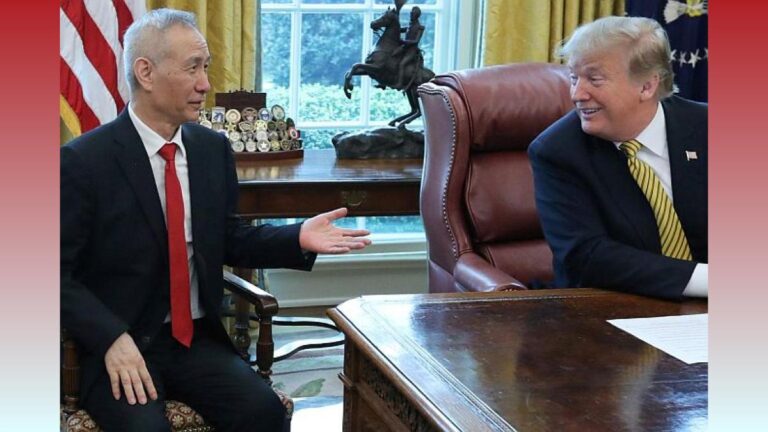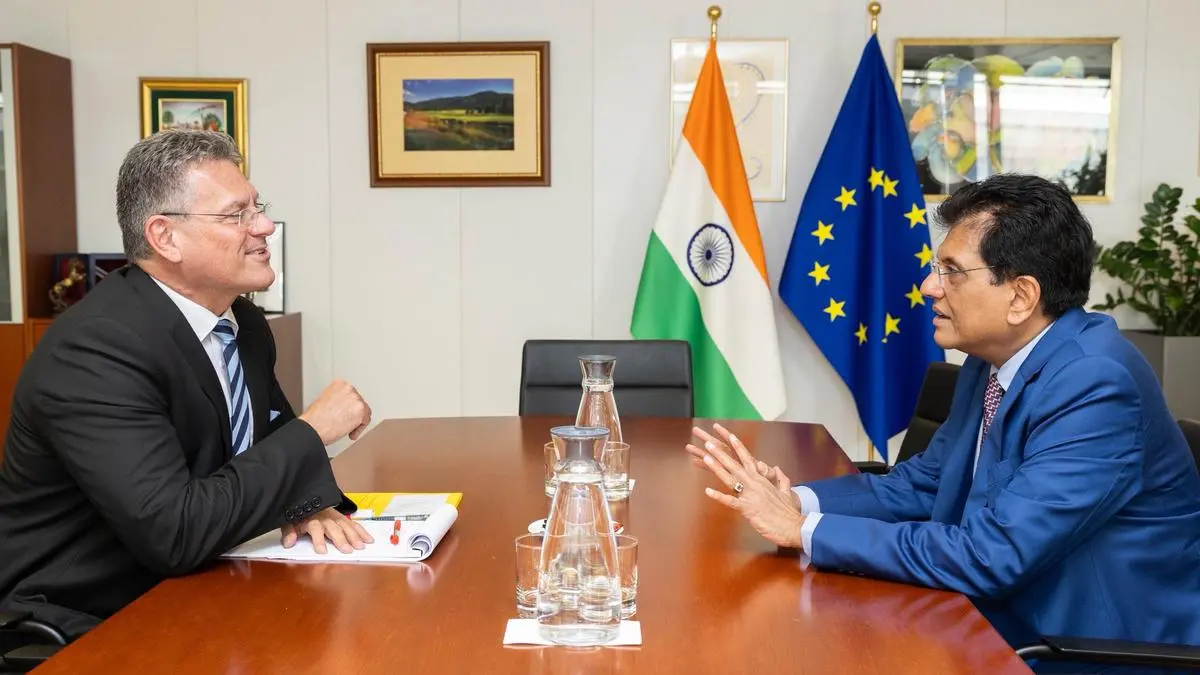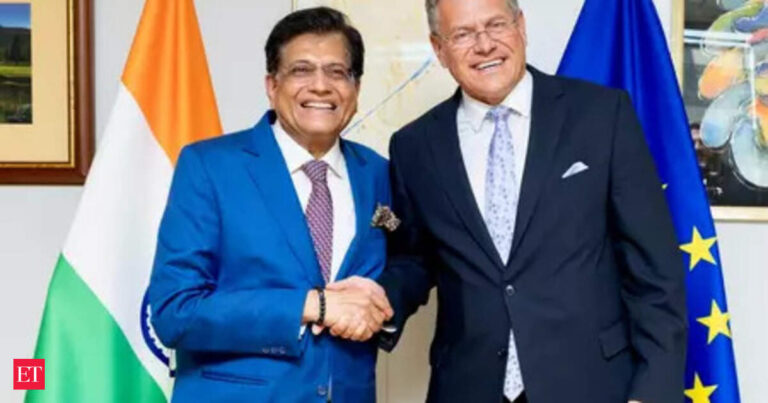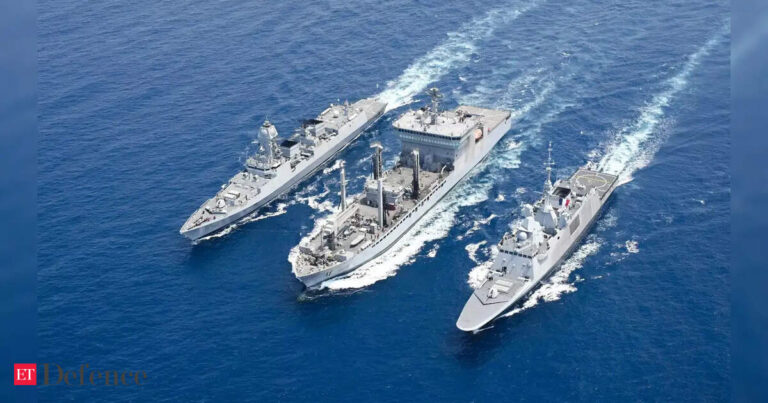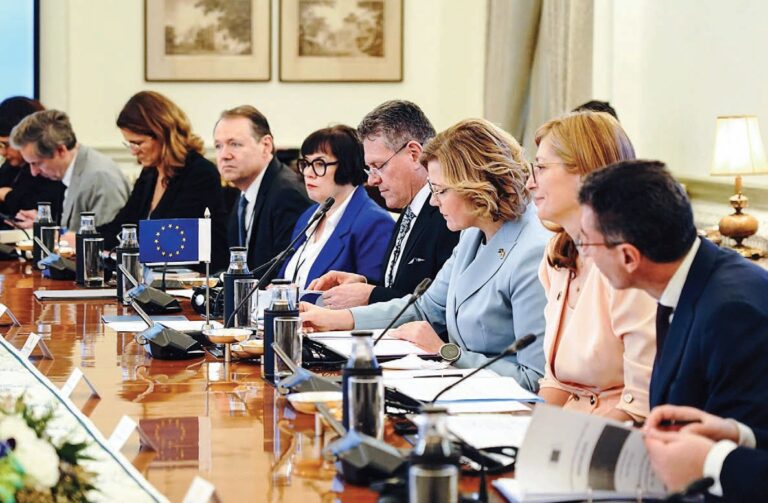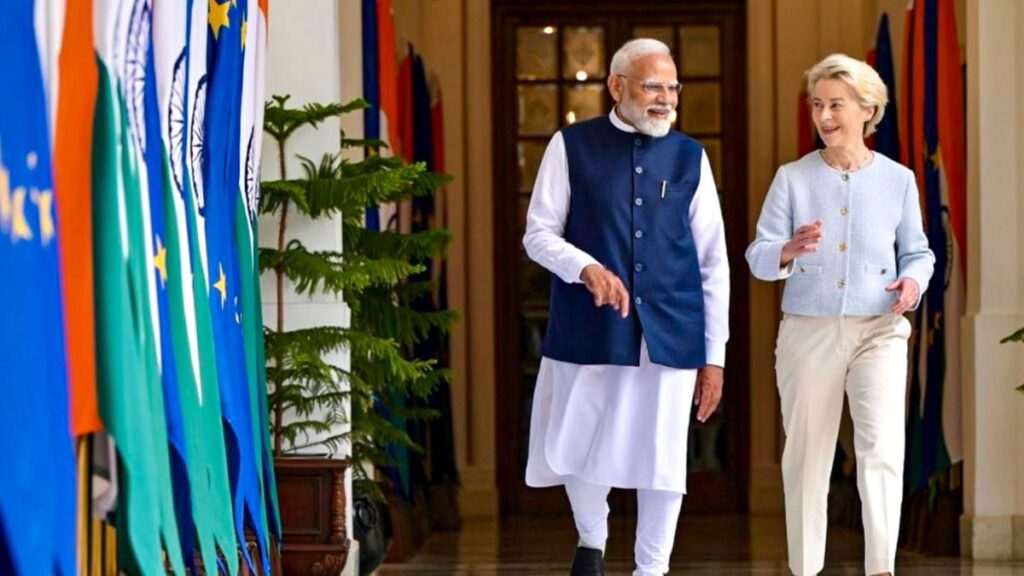
India could be much better hitting a side-deal with France and Germany, the nations which together represent 40% of the Bloc’s GDP, thus guaranteeing a more personalized and potentially advantageous arrangement
Learn more
Like the ancient Greek envoys that walk on the rocky slopes of the Mount Parnasse – everyone suspect of the hidden daggers of the other – India is now faced with negotiations with the European Union which are as delicate as they are consecutive.
The bilateral trade of India in goods with the EU was $ 137.41 billion in 2023-24. Significant exports to the EU were $ 75.92 billion, with imports of $ 61.48 billion. A surplus of annual fatty trade.
The challenges are high: while the attraction of a win -win agreement – an arrangement for manufacturing off -competition titles – Beckons, prudence requires that India limits its free trade ambitions to a measured and selective commitment.
In recent remarks, Ursula von der Leyen, the EU commissioner, said that while the two countries were looking to conclude the free trade agreement (ALE) in 2025, she wants her negotiators to “surprise”. If New Delhi is not both cautious and calibrated, it could be a bad surprise. This feeling sums up the current zeitgeist: rather than embracing a complete liberalization which risks overexposure, India should continue a smaller agreement which focuses on the sectors where mutual gains are more clearly defined. The main batteries and technologies of electric vehicles (EV), where collaboration could unlock growth and efficiency gains. In parallel, a liberal regime for the free movement of qualified labor appears as a vital counterweight to the restrictions imposed by Washington. For Europe, a younger and better trained workforce ready to integrate is a bonus.
However, not all sectors share this optimism. The Indian car center, a long time symbol of domestic ingenuity, is particularly vulnerable. EU insistence on the opening markets will harm Indian, Japanese and Korean competitors and threatens to undermine local forces. They put pressure hard against that. In addition, the carbon tax defended by European decision -makers will suffocate growth in India. It is a price barrier and India must not accept. In these contexts, India must play a good hand, carefully calibrating the concessions to avoid giving in critical strategic terrain.
Perhaps the most thorny challenge lies in agriculture – a sector where the competitive forces of India have historically lagged behind the EU, which has massive agricultural subsidies even greater than those of India. Dutch horticultural techniques and precision in the production of vegetables, dairy products and cut flowers have a formidable contrast to the more diffuse forces of Indian agriculture. India cannot afford to open too much in agriculture; Instead, it could selectively allow access to wine and spirits, where the cultural cachet and the dynamics of demand differ considerably. In this way, India can protect its inner agriculture while collecting the advantages of selective liberalization.
Geopolitics, even the partner not invited to the negotiating table, will limit any complete transaction more. India may well take advantage of its strategic relationship with the United States, convincing Washington to slow down the reduction of prices as a counterpart to limit the scope of the EU agreement. In a turn of realpolitik, India should actually bypass the bulky EU machines. India could be much better hitting a side-deal with France and Germany, the nations which represent together 40% of the GDP of the block, thus guaranteeing a more personalized and potentially advantageous arrangement.
In the end, the challenge is to negotiate a pact that maximizes strategic sectors for both camps while protecting vulnerabilities, a task that requires both a finesse and an inflexible sense of the objective. While the negotiations relate to an end, we remember the old Greek parable of Diogenes and its lantern – looking for daylight for honesty in a world shaded by distrust. In this modern testing competition, India must shed light on the path to follow, giving concessions certainly but securing the strength areas while the two parts are still cautious in the low light of mutual suspicion.
The writer is a main journalist with defense expertise. The views expressed in the above room are personal and only those of the author. They do not necessarily reflect the opinions of the first.
